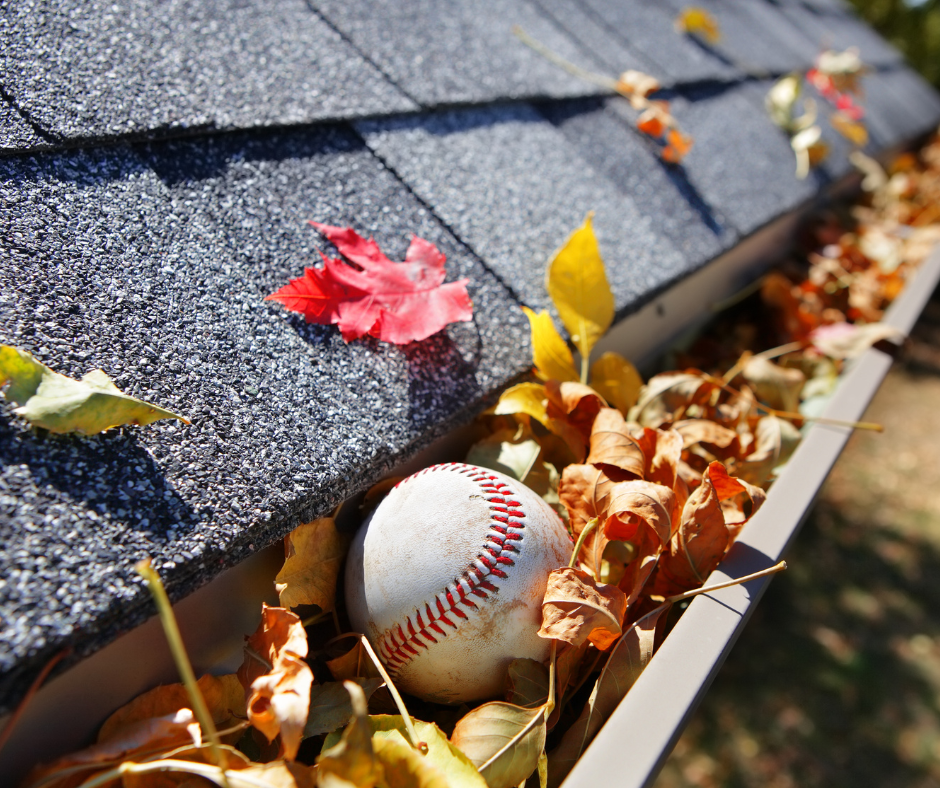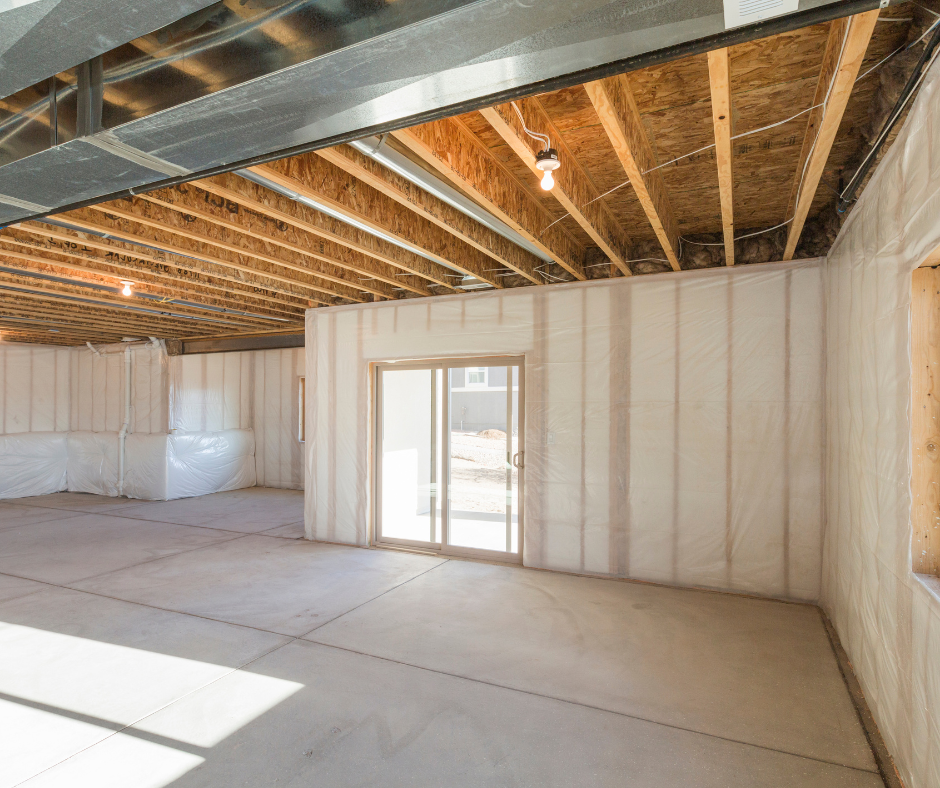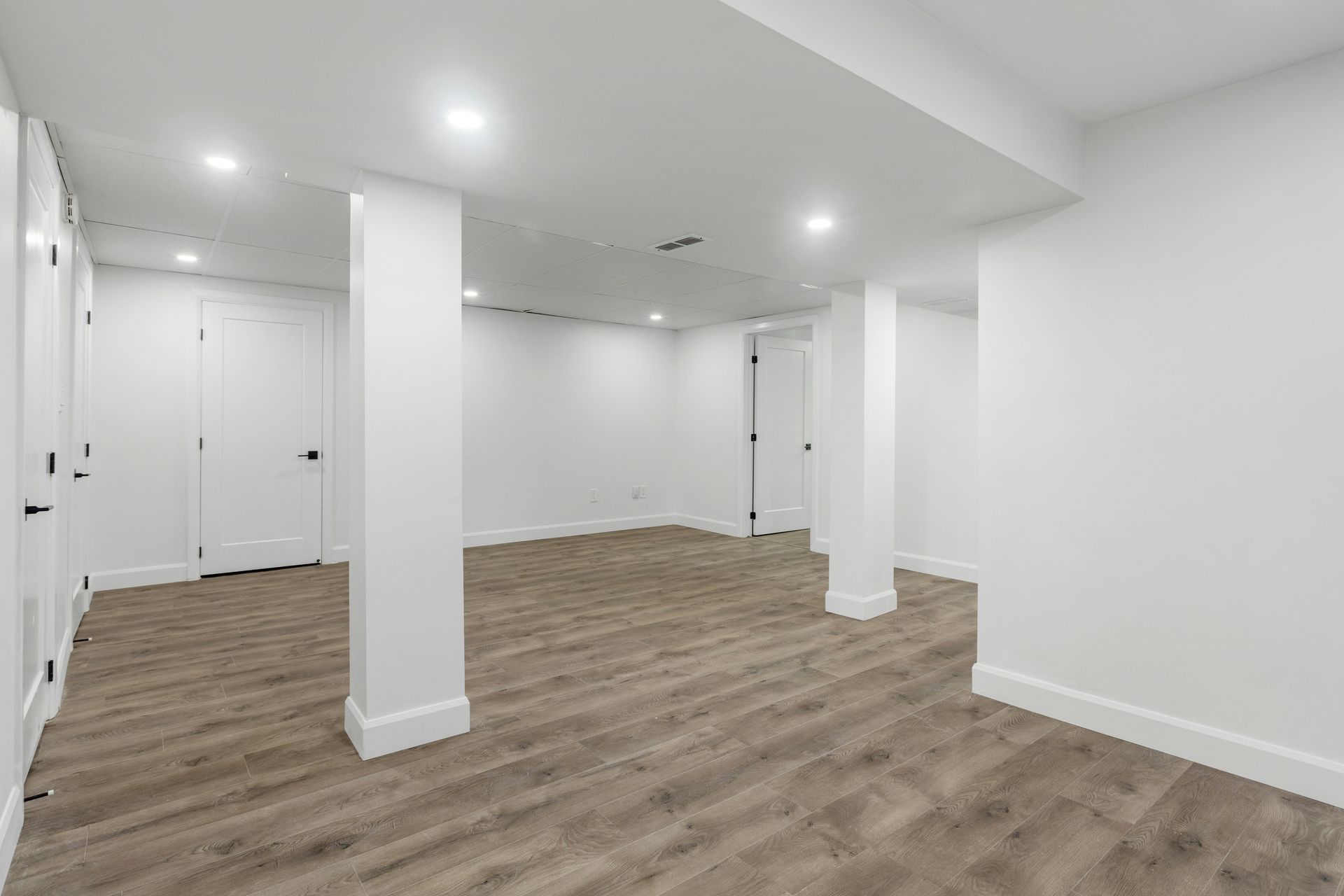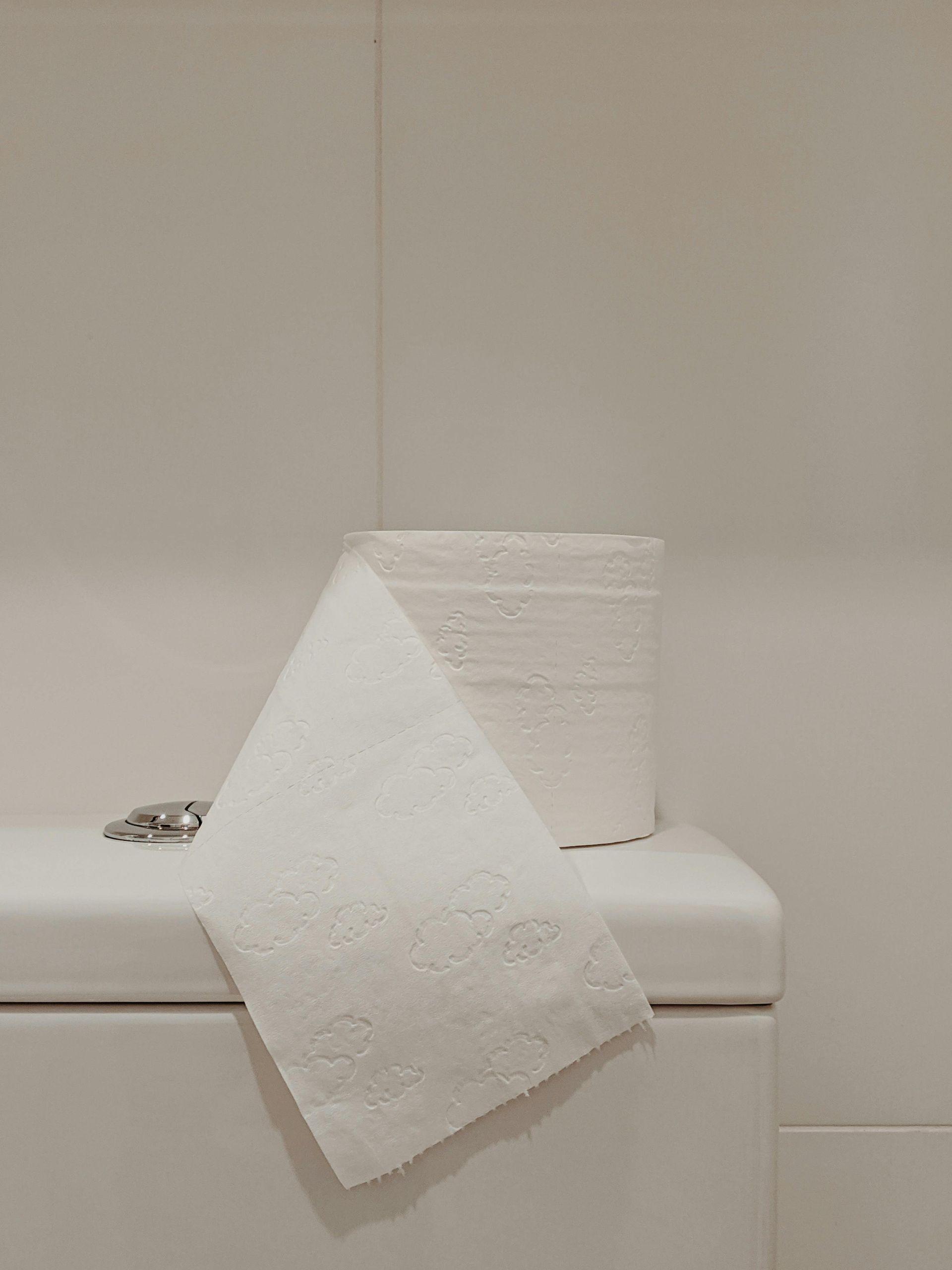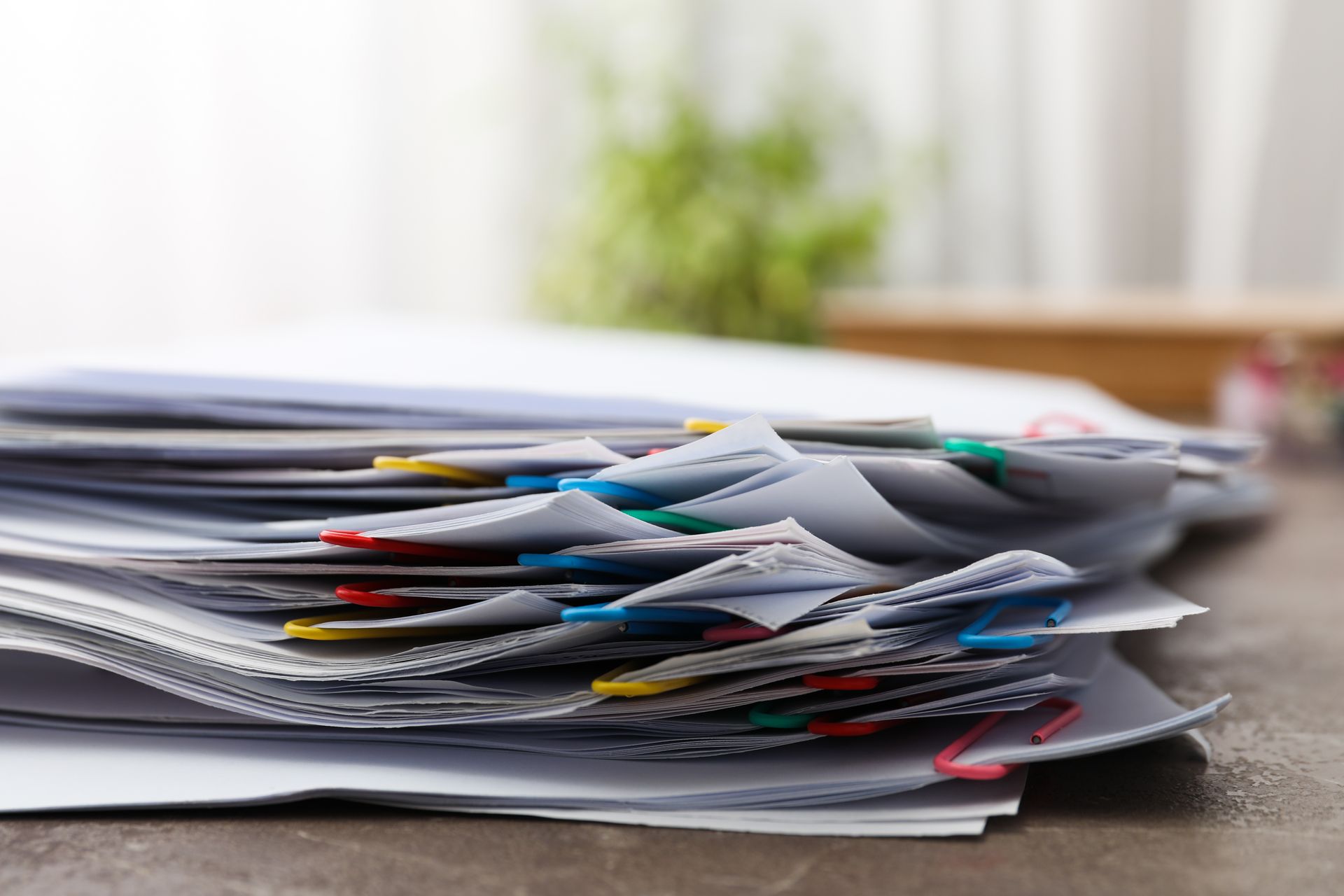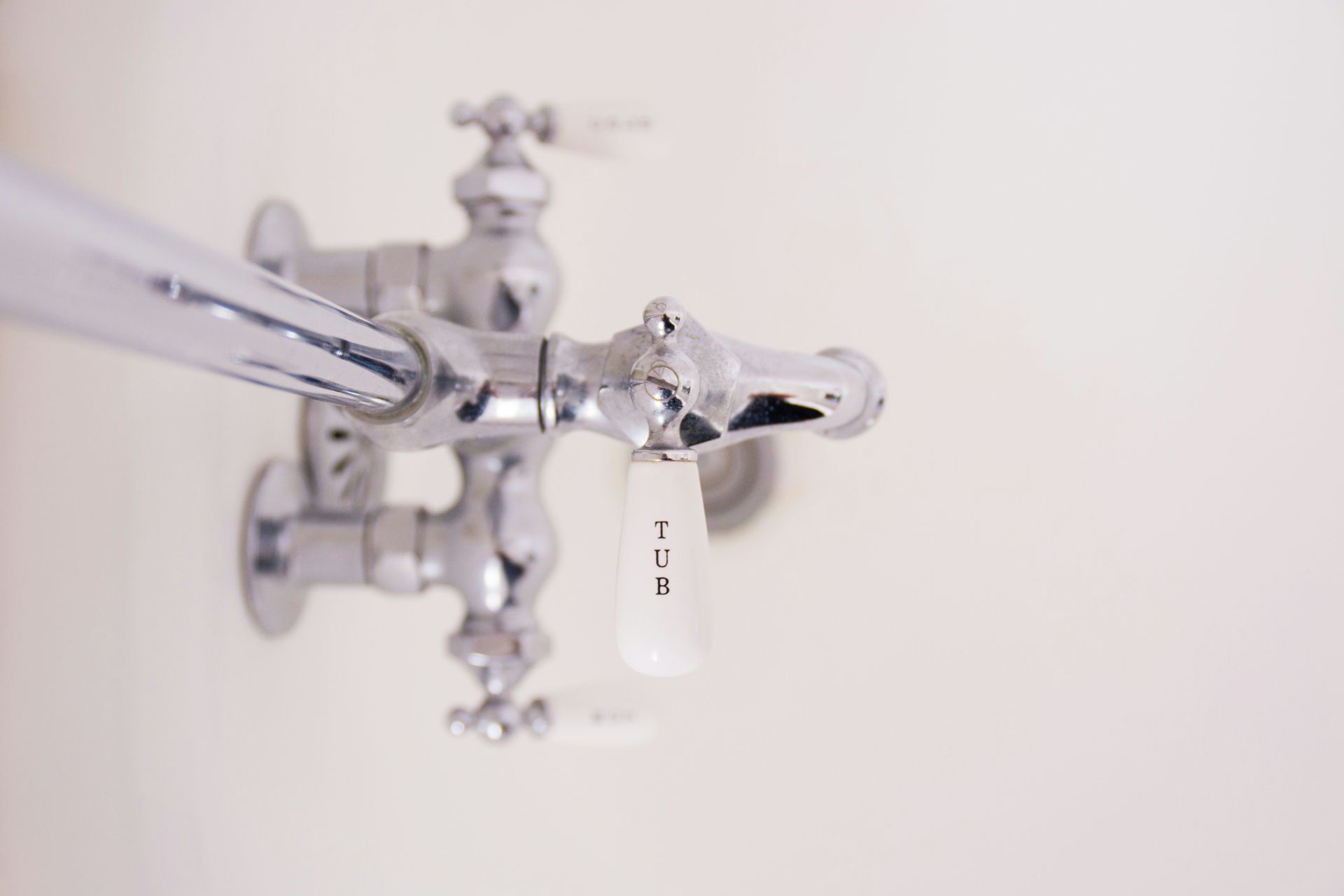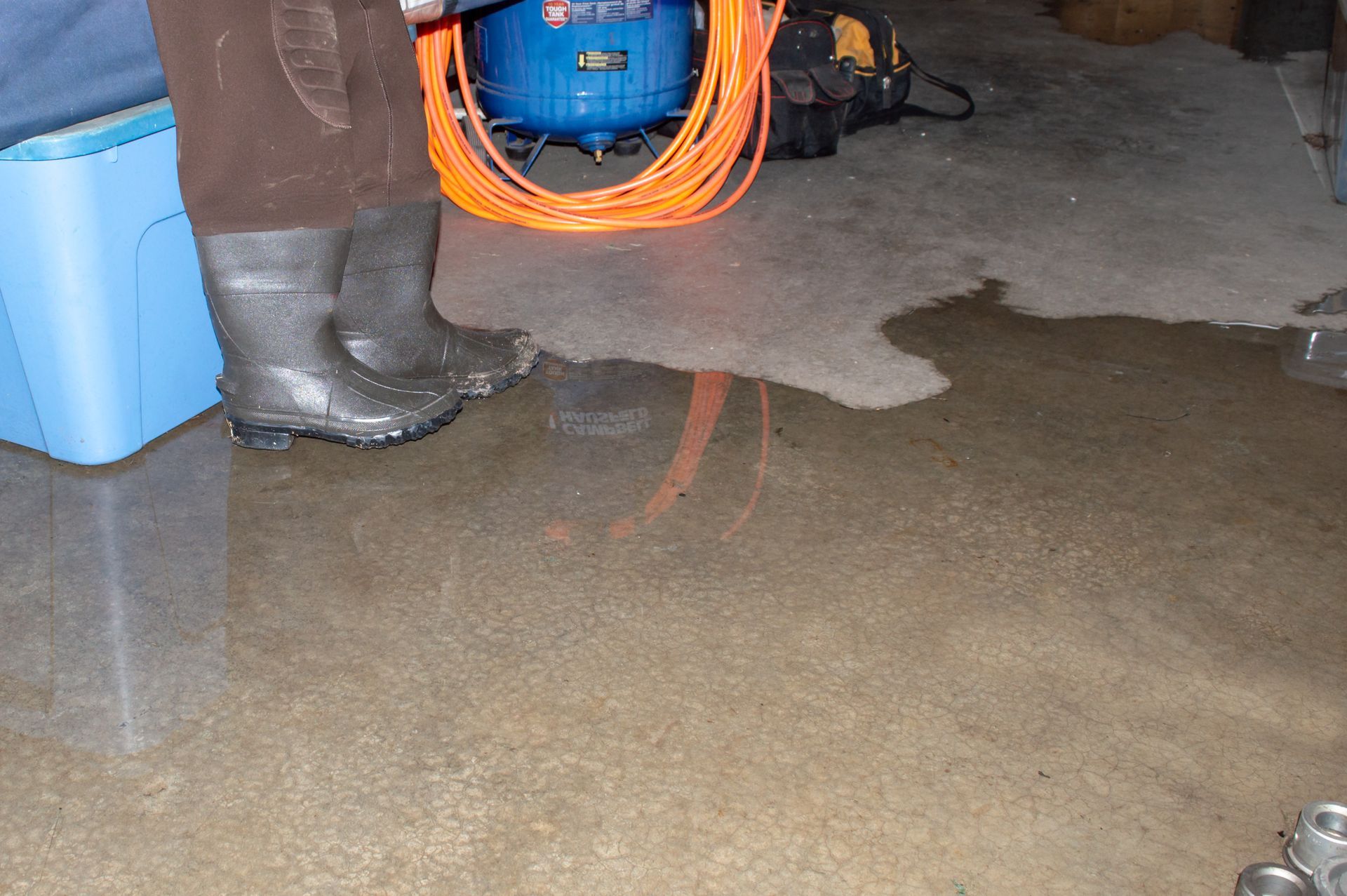Understanding how water softeners fail, what signs to watch for, and how water damage from malfunctioning systems can affect your home.
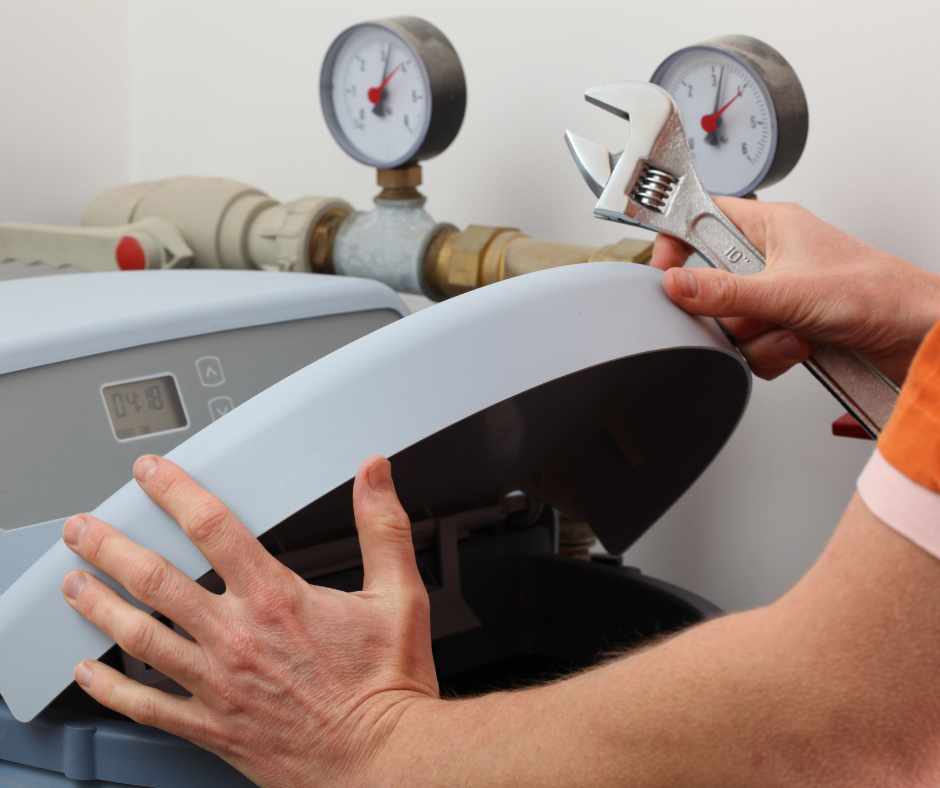
Why Water Softeners Matter
Water softeners play a critical role in many homes across North Idaho and Eastern Washington, especially in areas like Post Falls, Coeur d’Alene, and Spokane, where hard water is common. These systems remove excess minerals like calcium and magnesium, preventing scale buildup, extending the life of your plumbing, and improving water quality.
But when water softeners fail, they can cause much more than just hard water—they can leak, overflow, or flood, leading to costly water damage, mold growth, and structural issues.
Common Causes of Water Softener Failures
1. Clogged Drain Lines
If the discharge line becomes clogged or frozen, water can back up into the system and eventually overflow. This is a frequent cause of basement flooding connected to softener failure.
2. Stuck Valves or Malfunctioning Timers
A stuck valve can cause continuous water cycling or backflow. Similarly, a broken timer may cause the unit to over-regenerate or fail to shut off properly—both of which can lead to excessive water use or leaks.
3. Cracked Brine Tanks or Hoses
Over time, wear and tear can crack the brine tank or deteriorate hoses, especially if your system is older. These cracks may result in slow, hidden leaks that go undetected for days or weeks—causing damage to floors, drywall, and framing.
4. Poor Installation or Maintenance
Improperly installed systems or neglected maintenance can increase the risk of leaks and malfunctions. Routine checks and regular flushing are essential to preventing costly issues.
Warning Signs of a Water Softener Leak
Early detection is key to minimizing water damage. Look out for:
- Damp or
wet floors around the softener unit
- Musty odors or visible mold growth nearby
- Salt buildup around fittings or tanks
- Frequent regeneration or system cycling
- Higher-than-usual water bills
If you notice any of these signs in your basement, garage, or utility room, act quickly to prevent further damage.
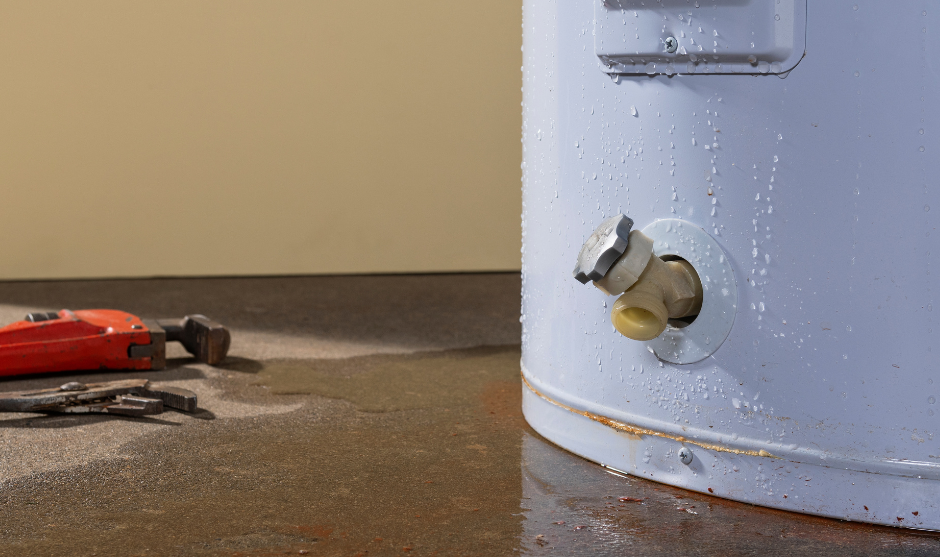
What to Do If Your Water Softener Fails
If you experience a water softener leak or overflow, take the following steps:
- Shut off the water supply to the softener.
- Unplug the system to stop regeneration cycles.
- Call a plumber or appliance repair technician to inspect the unit.
- Contact a water damage restoration professional like
DryMax Restoration if water has soaked into flooring, drywall, or insulation.
Fast response is critical. Prolonged moisture can lead to secondary damage, such as mold growth, warped floors, and weakened structural components.
How DryMax Restoration Helps After Water Softener Damage
At DryMax, we specialize in emergency water removal, structural drying, and property restoration for homes in Kootenai and Spokane Counties. When water softeners fail and cause damage, our IICRC-certified technicians can:
- Extract standing water from basements or utility rooms
- Use
drying equipment to eliminate moisture from carpets, subfloors, and walls
- Monitor moisture levels and document the drying process
- Work with your insurance company to ensure a smooth claims experience
We do not repair or replace water softener systems, but we’re your go-to experts for everything that happens after the water hits the floor.
Preventing Water Softener Leaks in the Future
Here are a few steps you can take to reduce the risk of failure:
- Inspect the unit monthly for signs of wear or corrosion
- Flush the brine tank periodically to prevent buildup
- Replace hoses every 3–5 years
- Install a water alarm near the softener for early leak detection
- Schedule
annual maintenance with a licensed plumber

Don’t Let a Water Softener Malfunction Turn Into a Disaster
If you’ve experienced water damage from a softener failure—or suspect hidden moisture in your home—DryMax Restoration is here to help. We’re trusted throughout Spokane, Coeur d’Alene, Post Falls, and surrounding areas for our fast response, transparent service, and expert restoration work.
Call us today or request a free inspection to protect your home from the long-term effects of appliance leaks and unexpected flooding.


